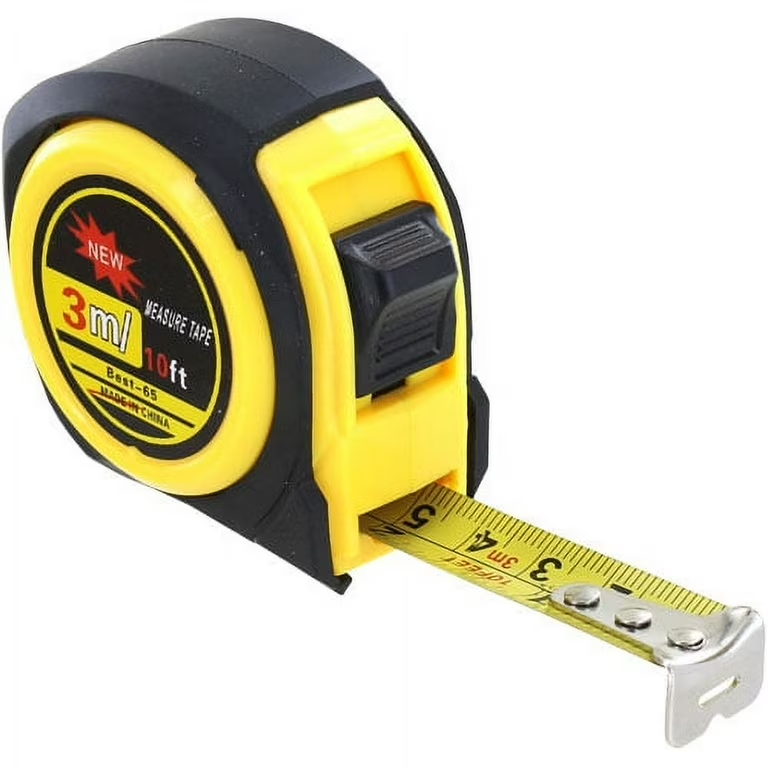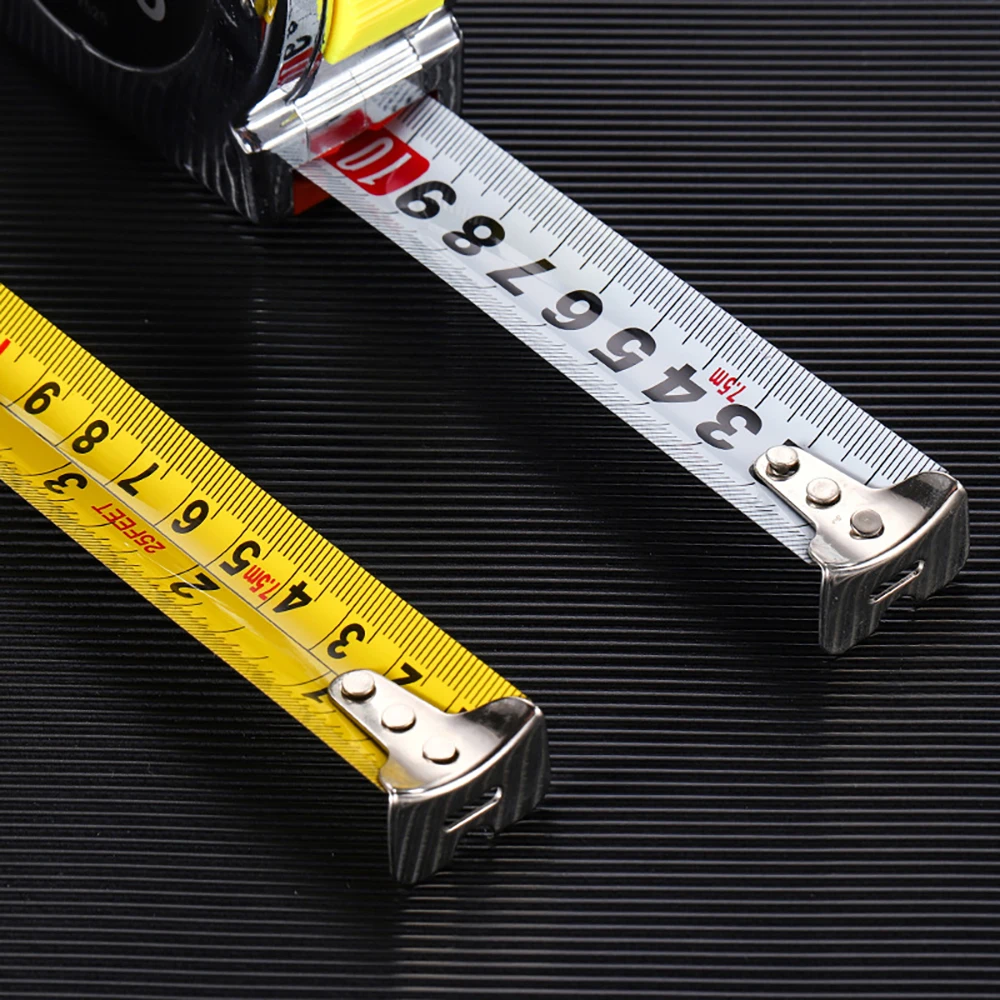
What is a Tape Measure Used For? Discover Its Applications
A tape measure is an indispensable tool found in countless households, workshops, and construction sites. But what is a tape measure used for? From simple home projects to complex architectural designs, this versatile instrument plays a crucial role in ensuring accuracy and efficiency. In this article, we delve into the various applications of a tape measure, highlighting its importance across different fields and everyday scenarios.
Understanding the Basics of a Tape Measure
What is a tape measure used for? Before exploring the diverse uses, it’s essential to understand what a tape measure is and its fundamental features.
Components of a Tape Measure
A typical tape measure consists of a flexible metal or fiberglass tape housed within a sturdy casing. The tape is marked with measurement units, usually both inches and centimeters, facilitating precise measurements. Additionally, many tape measures feature a locking mechanism to hold the tape in place and a hook at the end for anchoring.
Types of Tape Measures
There are several types of tape measures designed for specific purposes. Common varieties include:
- Standard Tape Measures: Ideal for general use in households and light construction.
- Long Tape Measures: Extend beyond standard lengths, suitable for large-scale projects.
- Retractable Tape Measures: Feature automatic retraction for ease of use and portability.
- Specialty Tape Measures: Designed for specific tasks, such as tailoring or engineering.
Understanding these types helps in selecting the right tape measure for your needs.
 Construction and Carpentry: Precision at Its Best
Construction and Carpentry: Precision at Its Best
In the realms of construction and carpentry, accuracy is paramount. Here’s how a tape measure is utilized in these fields.
Measuring Materials and Spaces
Builders rely on tape measures to accurately measure lengths of lumber, drywall, and other materials. Precise measurements ensure that components fit together seamlessly, reducing waste and improving efficiency.
Layout and Planning
Before cutting or assembling, carpenters use tape measures to plan layouts. Whether spacing studs in a wall or aligning tiles, exact measurements are critical for structural integrity and aesthetic appeal.
Ensuring Compliance
Construction projects often need to adhere to specific standards and codes. Tape measures help professionals verify that dimensions meet required specifications, ensuring safety and compliance.
Home Improvement Projects: Bringing Visions to Life
From DIY enthusiasts to professional renovators, tape measures are essential in various home improvement tasks.
Furniture Assembly
When assembling furniture, precise measurements ensure that each piece fits correctly. Tape measures help users follow instructions accurately, preventing errors and frustration.
Room Layouts and Design
Planning the layout of a room involves measuring walls, windows, and doors. Tape measures assist in determining the best arrangement for furniture, optimizing space, and enhancing functionality.
Installing Fixtures
Whether hanging shelves, installing lighting, or fitting appliances, tape measures provide the accuracy needed for secure and aesthetically pleasing installations.
Tailoring and Fashion: Crafting the Perfect Fit
In the fashion industry, a tape measure is a vital tool for achieving the perfect fit in garments.
Taking Accurate Body Measurements
Tailors use tape measures to take precise body measurements, ensuring that clothing is tailored to each individual’s unique proportions. This accuracy is essential for creating garments that fit comfortably and look flattering.
Pattern Making
Accurate measurements are crucial in pattern making. Tape measures help designers draft patterns that match the intended sizes and shapes, facilitating the creation of well-fitted clothing.
Quality Control
During production, tape measures assist in maintaining consistent sizes across different batches of garments. This consistency ensures that customers receive products that meet their expectations.
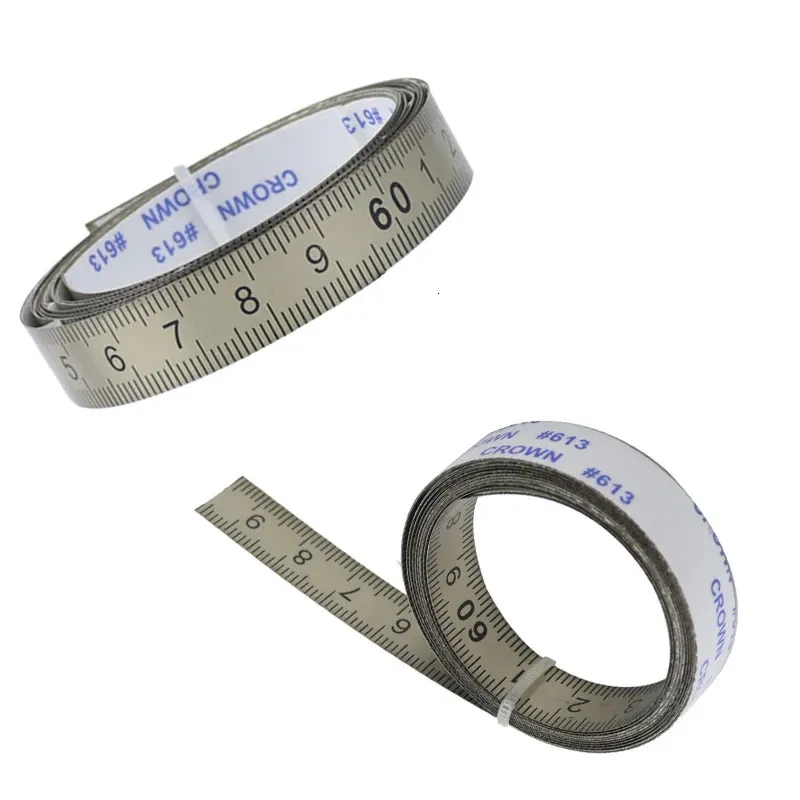 Engineering and Manufacturing: Building with Precision
Engineering and Manufacturing: Building with Precision
In engineering and manufacturing, tape measures play a key role in maintaining precision and quality.
Component Measurement
Engineers use tape measures to measure components accurately, ensuring that parts fit together correctly in assemblies and machinery.
Quality Assurance
During production, tape measures help verify that products meet specified dimensions and tolerances. This verification is essential for maintaining high-quality standards and preventing defects.
Project Planning
Accurate measurements are fundamental in project planning and development. Tape measures assist engineers in mapping out designs and assessing the feasibility of projects.
Outdoor Activities and Sports: Enhancing Performance
Tape measures are also useful in various outdoor activities and sports, providing essential measurements for better performance and safety.
Camping and Hiking
When setting up tents or planning hiking routes, tape measures help ensure that tents are the right size and that paths meet specific distance requirements.
Sports Field Maintenance
Maintaining sports fields involves accurate measurements for marking boundaries, setting up equipment, and ensuring that play areas meet regulatory standards.
Fitness and Training
In fitness training, tape measures are used to track progress by measuring body dimensions and monitoring changes over time.
Art and Craft: Precision in Creativity
Artists and crafters find tape measures invaluable for creating precise and detailed works.
Scaling Designs
When scaling designs from sketches to actual pieces, tape measures ensure that proportions are accurate, maintaining the integrity of the original artwork.
Craft Projects
In various craft projects, such as woodworking or sewing, tape measures provide the precision needed to cut materials to the correct sizes, ensuring a polished final product.
Installation Art
For installation art, accurate measurements are crucial in positioning and assembling components, creating visually balanced and impactful installations.
Gardening and Landscaping: Planning with Precision
In gardening and landscaping, tape measures aid in planning and executing projects with precision.
Garden Layouts
Designing garden layouts involves measuring spaces to determine the placement of plants, pathways, and structures. Tape measures ensure that elements are spaced correctly and aesthetically pleasing.
Fence Installation
Installing fences requires accurate measurements to ensure that sections are evenly spaced and properly aligned. Tape measures help maintain consistency and structural integrity.
Patio and Deck Building
Building patios and decks involves measuring materials and spaces accurately. Tape measures ensure that designs are executed correctly, providing safe and functional outdoor spaces.
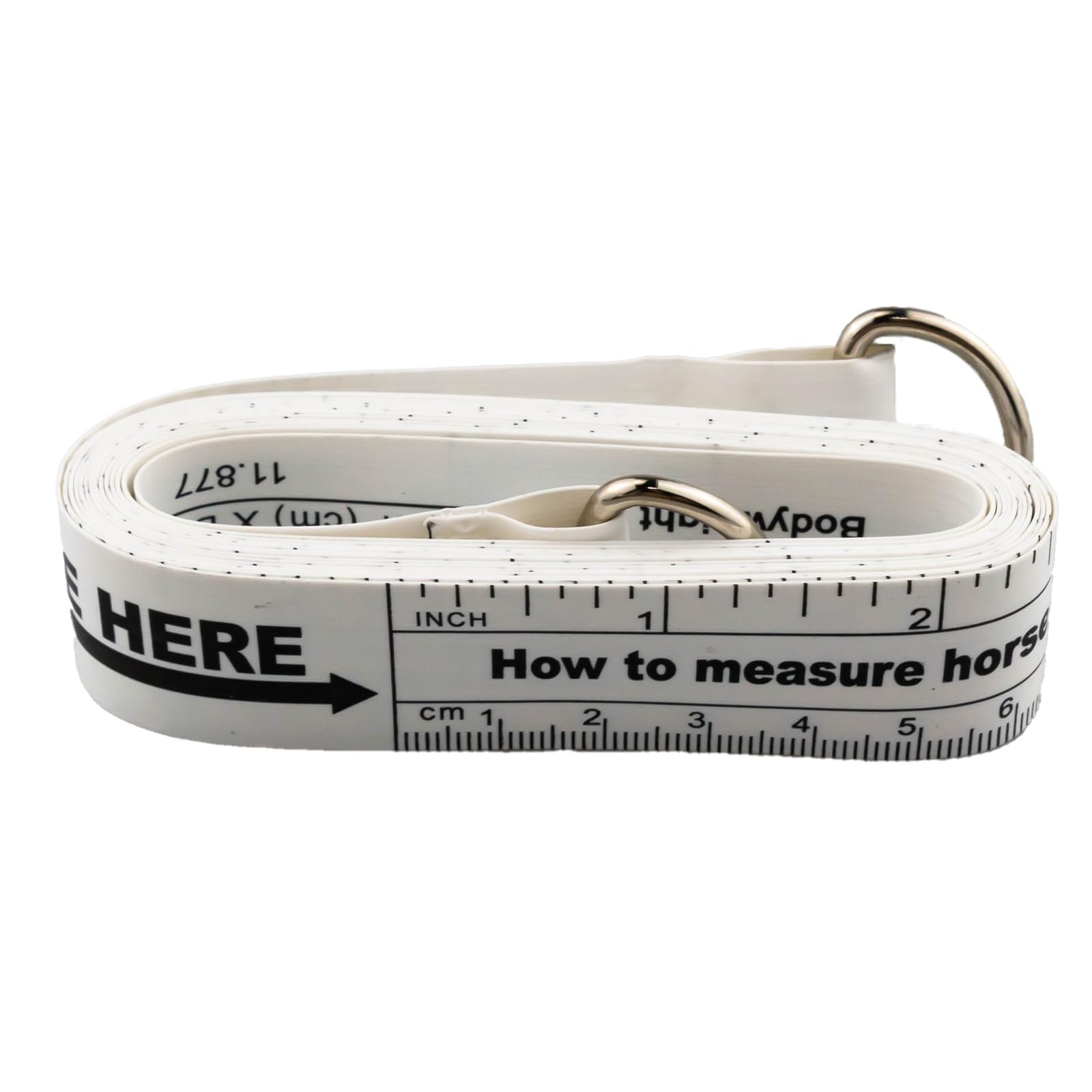 Automotive and DIY Repairs: Ensuring Proper Fit
Automotive and DIY Repairs: Ensuring Proper Fit
In automotive work and DIY repairs, tape measures ensure that parts fit correctly and modifications are precise.
Measuring Parts
Mechanics use tape measures to measure automotive parts, ensuring that replacements and modifications fit correctly without causing issues.
Custom Modifications
When customizing vehicles or other items, tape measures provide the accuracy needed to make precise modifications that enhance functionality and aesthetics.
DIY Home Repairs
For various home repairs, such as installing shelving or repairing furniture, tape measures help ensure that components fit correctly and securely.
Educational Uses: Teaching Precision and Measurement
Classroom Activities
Teachers incorporate tape measures into classroom activities to help students learn about units of measurement, scaling, and geometry.
Practical Skills Development
Using tape measures helps students develop practical skills in measurement and precision, which are valuable in both academic and real-world contexts.
Science and Technology Projects
In science and technology projects, tape measures assist in measuring experimental setups, ensuring accurate data collection and analysis.
Safety and Compliance: Meeting Standards
Ensuring safety and compliance with regulations often involves precise measurements, making tape measures essential tools.
Building Codes
Construction projects must adhere to building codes that specify certain measurements and dimensions. Tape measures help ensure compliance, preventing legal and safety issues.
Workplace Safety
In various workplaces, accurate measurements are necessary for maintaining safety standards, such as ensuring proper spacing in machinery setups or safe distances in layouts.
Product Standards
Manufacturers use tape measures to ensure that products meet industry standards for size and dimensions, maintaining quality and safety.
The Evolution of Tape Measures: From Simple Tools to High-Tech Instruments
Tape measures have evolved significantly over time, incorporating new materials and technologies to enhance their functionality.
Fiberglass Tapes
Fiberglass tapes offer improved flexibility and resistance to environmental factors, making them suitable for a wider range of applications, including outdoor use.
Digital Tape Measures
Modern digital tape measures incorporate electronic features, such as digital displays and data storage, enhancing precision and ease of use. These high-tech instruments are particularly useful in complex projects requiring detailed measurements.
Laser Tape Measures
Laser tape measures use laser technology to measure distances accurately and quickly. They are ideal for large-scale projects where traditional tape measures might be impractical.
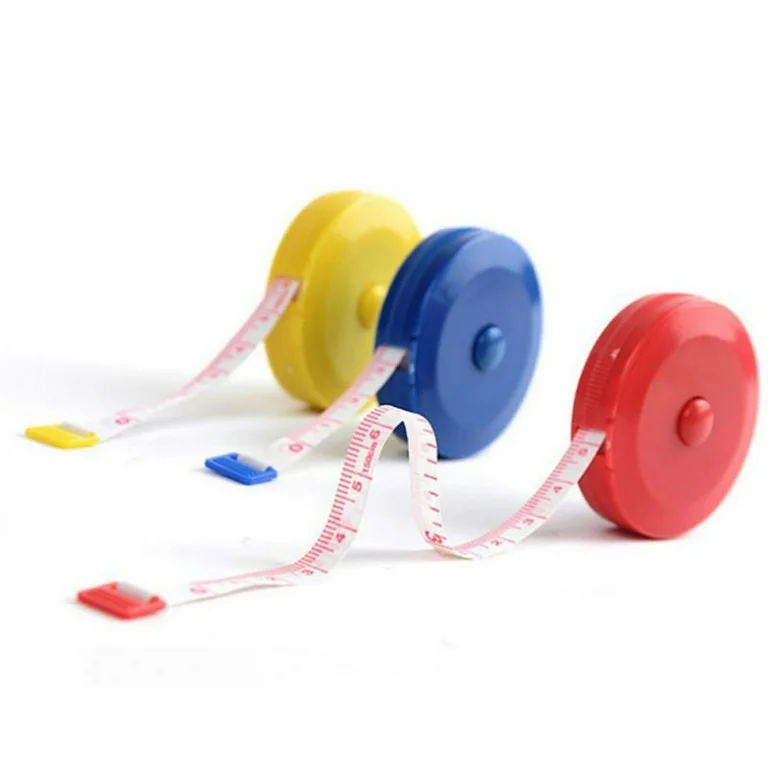 Maintaining and Caring for Your Tape Measure
Maintaining and Caring for Your Tape Measure
Proper maintenance ensures that your tape measure remains accurate and functional for years.
Regular Cleaning
Keep your tape measure clean by wiping it down after use. Remove any dirt or debris that might affect its accuracy.
Proper Storage
Store your tape measure in a dry, safe place to prevent damage. Avoid dropping or bending the tape, which can cause inaccuracies.
Calibration Checks
Periodically check the accuracy of your tape measure by comparing it with a known standard. Replace the tape measure if it becomes inaccurate or damaged.
Preventing Rust and Corrosion
For metal tape measures, prevent rust and corrosion by keeping them dry and wiping them down regularly. Using a tape measure with a corrosion-resistant coating can also help.
Innovative Uses of Tape Measures: Beyond the Ordinary
Beyond traditional applications, tape measures can be creatively used in various unconventional ways.
Event Planning
Event planners use tape measures to design and arrange spaces effectively, ensuring that venues are set up correctly and efficiently.
Photography and Filmmaking
In photography and filmmaking, tape measures help in setting up scenes, ensuring proper lighting and equipment placement for optimal results.
 Summarizing Its Versatility
Summarizing Its Versatility
In conclusion, understanding what is a tape measure used for reveals its versatility and essential role in numerous fields. Whether you are a professional builder, a DIY enthusiast, a tailor, or an artist, a tape measure is a tool that enhances precision and efficiency. By exploring its various applications, we appreciate how this simple instrument supports creativity, accuracy, and functionality in everyday tasks and specialized projects alike. Investing in a high-quality tape measure and maintaining it properly ensures that you have the right tool to meet diverse measurement needs with confidence and ease.
